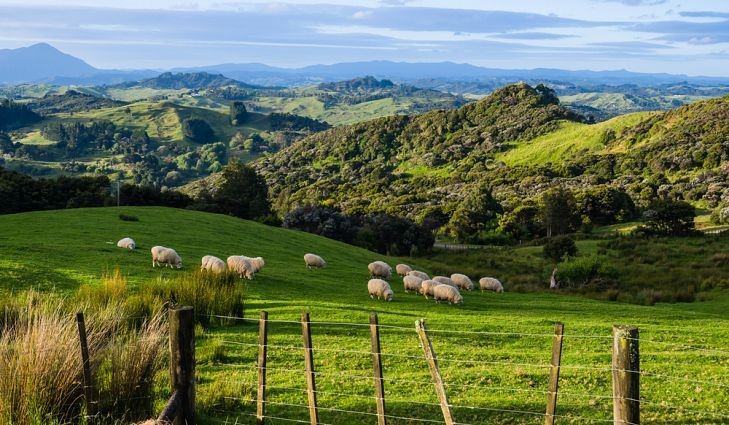Newly published research into the full life-cycle carbon footprint of New Zealand’s beef and sheep meat has found that it sits at the lower end of published estimates among producers globally, despite distance from markets.
The research (here) is jointly funded by the Ministry for Primary Industries, Beef + Lamb New Zealand and the Meat Industry Association.
A Beef + Lamb NZ statement on the research – which also features the use of GWP* as an alternative metric for methane – is here.
AgResearch scientist Andre Mazzetto says:
“Accurately measuring and reporting the carbon footprint of products has never been more critical, especially for New Zealand products such as beef and sheep meat that are exported over considerable distances. Thus, it is important to understand the extent of greenhouse gas emissions throughout the various stages of the life cycle of these products.
“This Life Cycle Assessment (LCA) study calculated the cradle-to-grave (i.e. full life-cycle) carbon footprint of beef and sheep meat produced in New Zealand and exported to different markets. The carbon footprint for the cradle-to-farm gate (raising of the animals) represented 90–95 per cent of the cradle-to-grave for both beef and sheep. The meat processing stage contributed 2–4 per cent of the carbon footprint, while post-processing was 2–6 per cent. This standard LCA study showed that NZ beef and sheep meat products have a full life-cycle carbon footprint at the lower end of other published estimates globally, despite the emissions generated from transport and freight to overseas markets.
“The main driver for the on-farm stage for the final carbon footprint is the emission of methane from the digestion of feed by livestock. Given the relevance of this gas, the study also explored the use of a different metric that accounts for the short-lived nature of methane in the atmosphere (GWP*), as compared with the conventional metric for LCAs (GWP100). “The estimated footprint values using GWP* were much lower, especially for sheep, where the national flock has decreased over the last 20 years.
“Another important characteristic of NZ sheep and beef farms is carbon sequestration by trees on-farm. The study showed that net carbon sequestration by trees within farms was significant and equated to 29 per cent of the total on-farm GHG emissions (based on the GWP100 metric). However, these results should be treated carefully since there is no international agreement on how to use these factors in footprint calculations.”
Source: AgResearch












